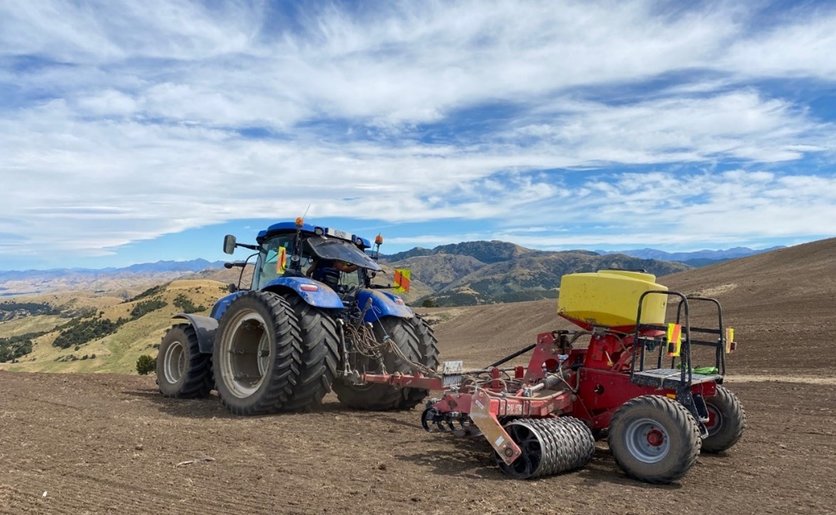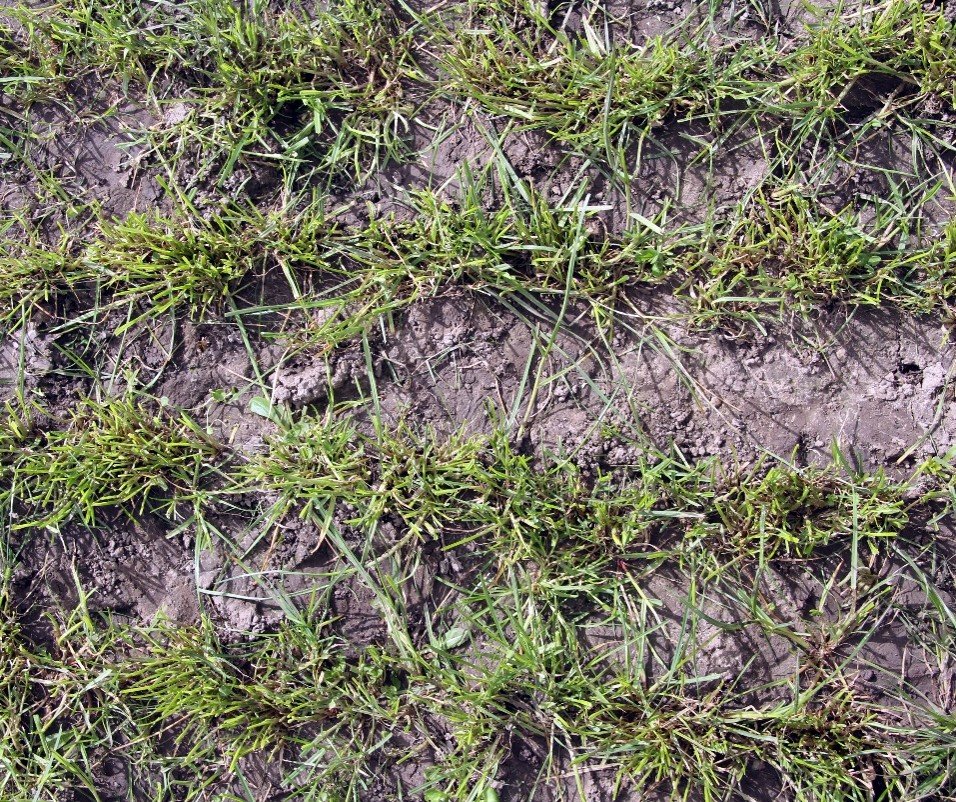Good things come to those who take their time.
Rome, 1986. McDonald’s opens its first Italian franchise. Thousands of protesters rally outside. One man becomes famous for feeding them plates of pasta to hero Italian cuisine.
Carlo Petrini goes on to found the global Slow Food movement, championing local food, carefully prepared and eaten with appreciation.
Soon you will have a Roman moment of your own. Those paddocks destined for new grass? They’re bare plates. How you fill them is your call, but before you do, ask yourself this:
Is sowing your new pasture like a takeaway burger and chips scoffed on the go, or is it a lovingly prepared, home-cooked meal, savoured with family and friends?
An inconvenient truth
We’re back talking pasture persistence again. Now – since this is where the wheels often start falling off - we tackle the actual process of getting new seed in the ground.
If you’re serious about improving persistence, autumn 2024 is the time to ditch hasty, fast food-style pasture renewal, and channel Carlo Petrini instead.
The fact is, the way we plant new grass these days is a leading cause of early pasture death.
We sow forage crops that yield far less over their lifetime 5 times more carefully than we sow new pasture. This makes no sense - new pasture grass is a 100+ tonne crop in its own right!
Say again?
One. Hundred. Tonnes… of the most sustainable, cost effective feed ever made. Drilled in a rush, jammed into tight rows via machines made for vastly different crops, outsourced to contractors who are flat out, and left to fend for itself.
Why do we, the world’s best pastoral farmers, do this? Because our priorities are wrong. Money and time come first in this scenario; grass comes dead last.
Put grass first, and everything changes.
You stop rushing, because you really do not want to jeopardise that 100+ tonne feed crop.
Instead of hustling to get the job done in a few days, you plan and allow three weeks, dust off your inner micromanager and enjoy knowing your pasture will last years longer.
So, the first step to helping your pastures live their best life is to understand what stresses them out, and try to prevent these piling up by taking ownership of the ones you can control.

Perfection, or nothing
Put grass first, and you embark on a new relationship with your contractor, if you use one. You brief them about the job early, and clarify your expectations to ensure it’s done in a way that is best for the grass.
Sowing date, soil and weather conditions, drilling method, seedbed preparation, seed depth, tractor speed – you specify every detail in this discussion, and you oversee the whole process.
If your usual contractor is not all good with grass first, you might think about finding another one who is.
Sowing your own new pasture? Review your whole process so it best suits the grass, not yourself.
Gently does it
That starts by respecting your soil.
Over-cultivating is out for your 100+ tonne feed crop (especially use of PTO-driven equipment in dry conditions).
Instead you’re careful to maintain soil structure so new grass and clover seedlings can anchor themselves firmly into the ground, and not get yanked out at the first bite.
You opt for minimum till to retain soil moisture and integrity, and to ensure those new paddocks can withstand their first winter and spring without being so soft they get pugged to pieces.

This is the same seedbed - on the left you can see a footprint where it’s been rolled and well consolidated. In the right a footprint where it’s too soft.
What’s the drill?
Put grass first, and you quickly realise what you thought was a super-efficient seed drill that creates precise, well-spaced lines up and down your paddock is actually not what is best for new pasture.
Instead you roller-drill, broadcast, cross or diamond drill, or use a narrow-row drill, and leave the wide-row machines to the cereal growers for whom they were designed.
Why? Because you know spreading seed evenly all across your soil is better for new pasture.
Put grass first, and you pay much more attention to placement of your clover seed too, because you know it shoving it into the same tight row as ryegrass is a great way to make it suffer.

Drill rows are not ideal – they jamb ryegrass and clover tightly together, and leave space between the rows for weeds to germinate.
And that’s not all!
You watch sowing depth like a hawk, and hover over those freshly-drilled paddocks like an anxious parent, alert for any sign of weeds or pests, and ready to intervene at once if necessary.
You treat that new pasture with kid gloves through its first and subsequent grazings, and don’t expect it to be ‘established’ for at least a year.
Most of all, you keep reminding yourself this is a 100+ tonne crop of the most sustainable, cost-effective feed you’ll ever grow.
We know this is probably a lot to take in. But it will make a huge difference, we promise. And if you’d like a hand planning your best-ever pasture renewal this autumn, just let us know. We’re always here to help.
Click here to book your free personal Pasture Health check.


